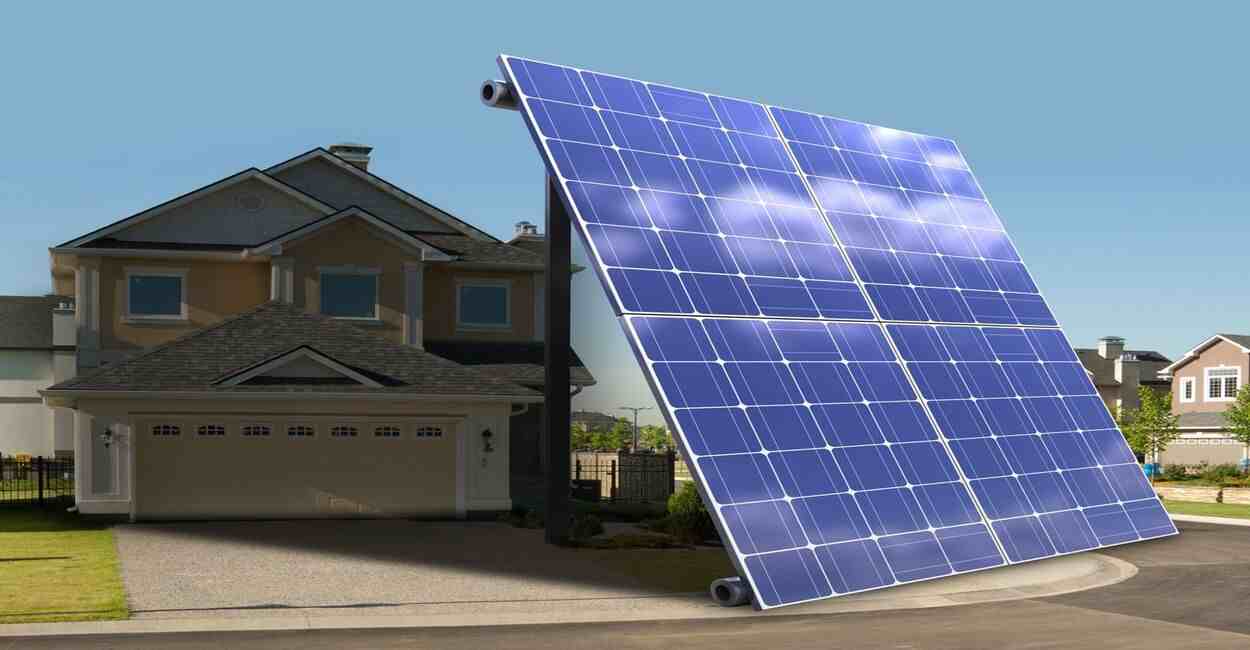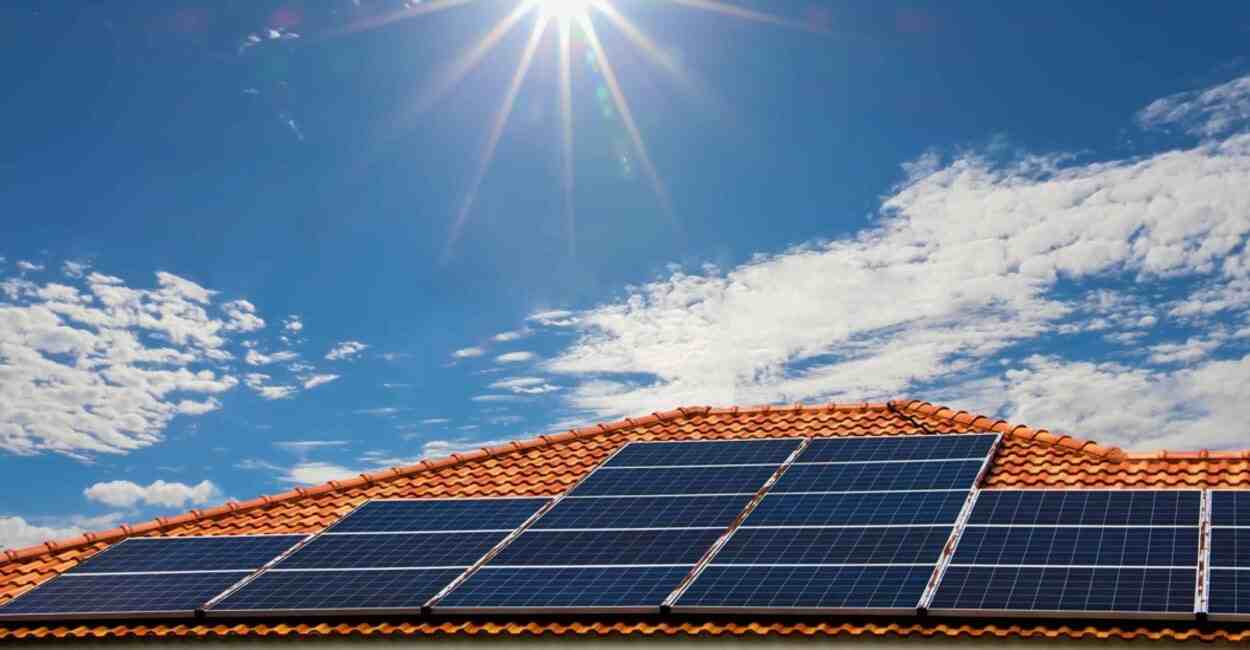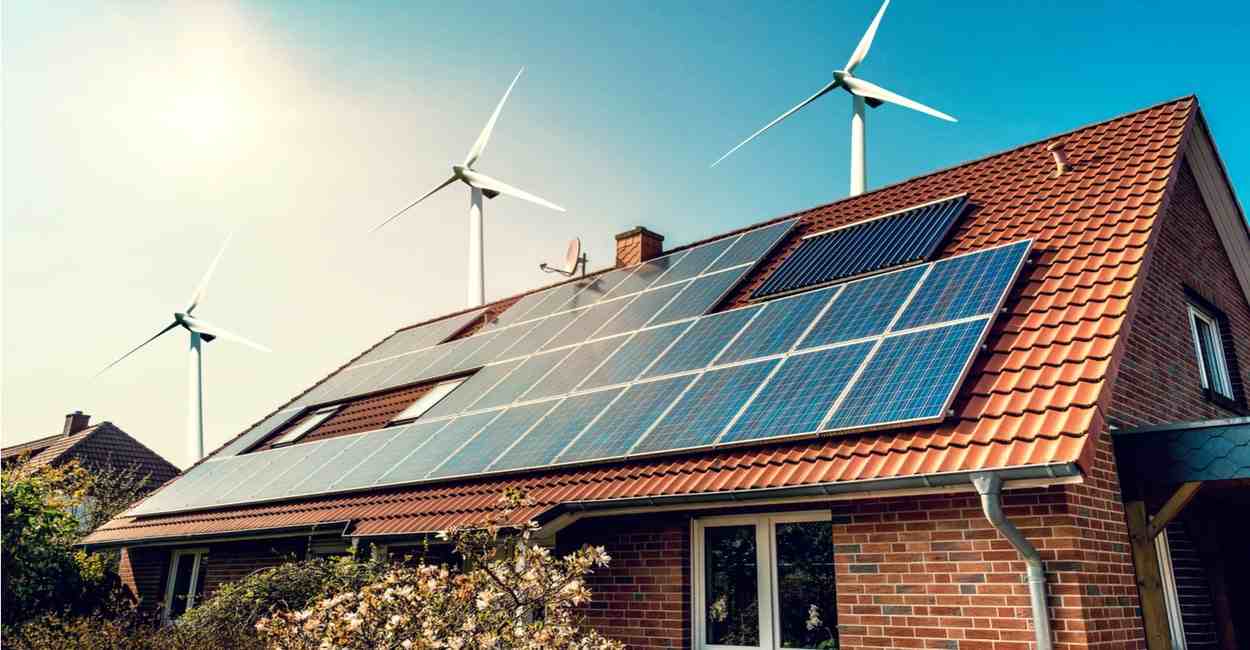The Benefits Of Solar Energy For Low-Income Communities And Affordable Housing

Solar energy can have significant benefits for low-income communities and affordable housing. Here are a few ways in which solar energy can be advantageous:
Cost Savings: One of the most significant benefits of solar energy is that it can reduce energy costs for low-income households. By generating their own electricity, these households can save money on their monthly energy bills and use the savings to pay for other necessities like food and housing.
Environmental Benefits: Solar energy is a clean and renewable energy source that does not emit harmful pollutants or contribute to climate change. By using solar energy, low-income communities, and affordable housing can reduce their carbon footprint and help to protect the environment.
Job Creation: The installation and maintenance of solar energy systems can create jobs and provide economic opportunities for low-income communities. This can be especially important in areas with high rates of unemployment or underemployment.
Energy Security: Solar energy can provide energy security for low-income communities by reducing their reliance on the traditional energy grid. In the event of power outages or other disruptions to the grid, solar energy systems can continue to provide electricity to homes and businesses.
Community Development: The installation of solar energy systems can bring together community members and foster a sense of community development. This can be especially important in low-income communities that may lack access to other resources and amenities.
Overall, solar energy has the potential to provide significant benefits to low-income communities and affordable housing. By reducing energy costs, providing environmental benefits, creating jobs, and fostering community development, solar energy can help to improve the lives of those who need it most.
Solar Energy For Affordable Housing
Solar energy can be an excellent option for affordable housing. Here are a few reasons why:
Cost Savings: Solar energy can significantly reduce energy costs for affordable housing developments. By generating their own electricity, these developments can save money on their monthly energy bills and use the savings to provide more affordable housing options or invest in other community needs.
Increased Property Value: Installing solar energy systems can increase the value of affordable housing developments. Solar panels can make these developments more attractive to potential renters or buyers and provide a competitive edge in the market.
Community Development: Solar energy installations can bring together community members and promote community development. Residents can work together to install solar panels, learn about sustainable living, and create a sense of shared ownership and pride in their community.
Access to Energy: Solar energy can provide energy security for affordable housing developments. In the event of power outages or other disruptions to the grid, solar energy systems can continue to provide electricity to homes and businesses.
Overall, solar energy can be a valuable asset for affordable housing developments. By providing cost savings, increased property value, environmental benefits, community development opportunities, and energy security, solar energy can help to support sustainable and affordable housing options.
Benefits Of Solar Energy For Low-Income Families
Solar energy can have significant benefits for low-income families. Here are a few ways in which solar energy can be advantageous:
Energy Security: Solar energy can provide energy security for low-income families by reducing their reliance on the traditional energy grid. In the event of power outages or other disruptions to the grid, solar energy systems can continue to provide electricity to homes and businesses.
Improved Health: By reducing the use of fossil fuels, solar energy can help to improve the air quality in low-income communities. This can have significant health benefits, especially for individuals with respiratory or other health issues.
Job Creation: The installation and maintenance of solar energy systems can create jobs and provide economic opportunities for low-income communities. This can be especially important in areas with high rates of unemployment or underemployment.
Environmental Benefits: Solar energy is a clean and renewable energy source that does not emit harmful pollutants or contribute to climate change. By using solar energy, low-income families can reduce their carbon footprint and help to protect the environment for future generations.
Overall, solar energy has the potential to provide significant benefits to low-income families. By reducing energy costs, providing energy security, improving health, creating jobs, and promoting environmental sustainability, solar energy can help to improve the quality of life for those who need it most.
Cost-Saving Benefits Of Solar Power For Low-Income Households
Solar power can offer significant cost-saving benefits for low-income households. Here are a few ways in which solar power can help low-income households save money:
Reduced Energy Bills: One of the most significant cost-saving benefits of solar power is that it can reduce energy bills. By generating their own electricity, low-income households can save money on their monthly energy bills and use the savings to pay for other necessities like food, healthcare, and education.
Net Metering: Net metering allows households to earn credits for any excess electricity that their solar panels produce. These credits can then be used to offset future electricity bills, further reducing energy costs.
Long-Term Savings: Solar power systems can have a long lifespan, with many systems lasting for 20 years or more. This means that low-income households can enjoy long-term savings on their energy bills, providing a stable source of cost savings.
Financing Options: Many solar power companies offer financing options that can help low-income households afford solar power installations. These financing options can include low-interest loans or leasing agreements that allow households to pay for solar power installations over time.
Property Value: Solar power installations can increase the value of a home. This can be especially important for low-income households that may have limited equity in their homes. By increasing the value of their homes, solar power installations can help low-income households build wealth and financial stability.
Overall, solar power can provide significant cost-saving benefits for low-income households. By reducing energy bills, earning credits through net metering, providing long-term savings, offering financing options, and increasing property value, solar power can help to improve the financial stability and quality of life for low-income households.

Solar Energy As A Tool For Poverty Alleviation
Solar energy can be a powerful tool for poverty alleviation. Here are some ways in which solar energy can help to reduce poverty:
Access to Electricity: In many developing countries, access to electricity is limited, especially in rural areas. Solar energy can provide a reliable source of electricity that can power homes, schools, and businesses, improving the quality of life for individuals and families. Access to electricity can also provide opportunities for economic development, such as powering small businesses and creating new jobs.
Education: Solar energy can be used to power schools and provide lighting for students who may not have access to electricity at home. This can improve educational outcomes by allowing students to study at night and access digital learning resources. Improved education can lead to better job prospects and increased economic opportunities.
Health: Access to electricity can also improve health outcomes by allowing for the refrigeration of vaccines and medicines, and by powering medical equipment. Solar-powered water pumps can provide access to clean water, reducing the risk of water-borne illnesses.
Job Creation: The installation and maintenance of solar energy systems can create new jobs and provide economic opportunities for communities. This can be especially important in areas with high rates of unemployment or underemployment.
Environmental Benefits: Solar energy is a clean and renewable energy source that does not emit harmful pollutants or contribute to climate change. By using solar energy, communities can reduce their carbon footprint and help to protect the environment. This can be especially important for low-income communities that may be more vulnerable to the impacts of climate change.
Overall, solar energy can provide significant benefits for poverty alleviation by providing access to electricity, improving education and health outcomes, creating jobs, and promoting environmental sustainability. By prioritizing solar energy policies and initiatives in areas with high rates of poverty, we can help to ensure that the benefits of solar energy are shared by all communities.

Renewable Energy For Low-Income Neighborhoods
Renewable energy can play an important role in providing affordable and sustainable energy to low-income neighborhoods. Here are some ways in which renewable energy can be used in low-income neighborhoods:
Community Solar: Community solar projects can provide affordable access to solar energy for low-income households that may not be able to afford their own solar installations. Community solar projects involve multiple households sharing the benefits of a single solar array, which can reduce costs and increase accessibility.
Energy Efficiency Upgrades: Energy efficiency upgrades, such as weatherization, insulation, and efficient lighting, can help to reduce energy costs for low-income households. Renewable energy technologies, such as solar hot water heaters and geothermal systems, can also be used to further reduce energy costs.
Job Creation: The installation and maintenance of renewable energy systems can create new jobs and provide economic opportunities for communities. This can be especially important in areas with high rates of unemployment or underemployment.
Environmental Benefits: Renewable energy is a clean and sustainable energy source that does not emit harmful pollutants or contribute to climate change. By using renewable energy, low-income neighborhoods can reduce their carbon footprint and help to protect the environment.
Energy Assistance Programs: Government-funded energy assistance programs can provide financial assistance to low-income households to help cover the cost of renewable energy installations or energy efficiency upgrades.
Bottom Line
Renewable energy can provide significant benefits for low-income neighborhoods by providing affordable and sustainable energy, creating new jobs, reducing energy costs, and promoting environmental sustainability. By prioritizing renewable energy policies and initiatives in low-income neighborhoods, we can help to ensure that the benefits of renewable energy are shared by all communities.

